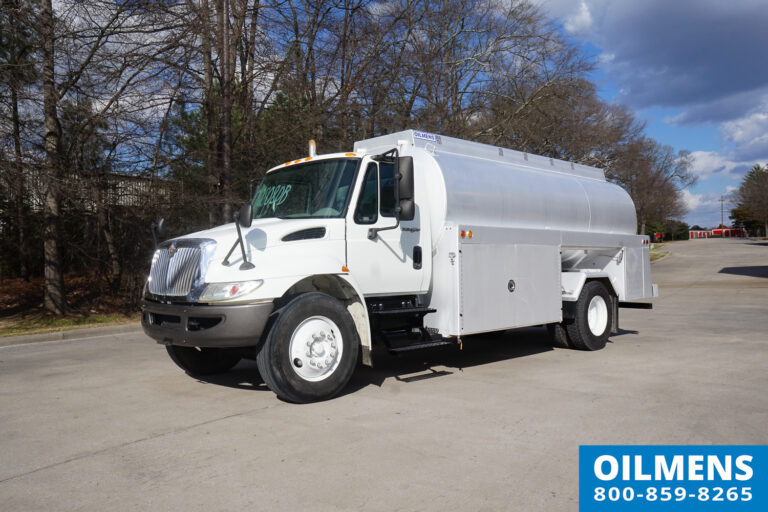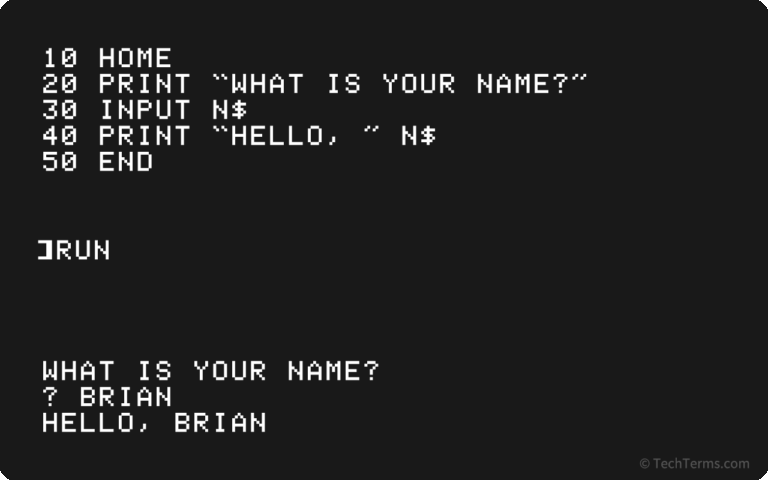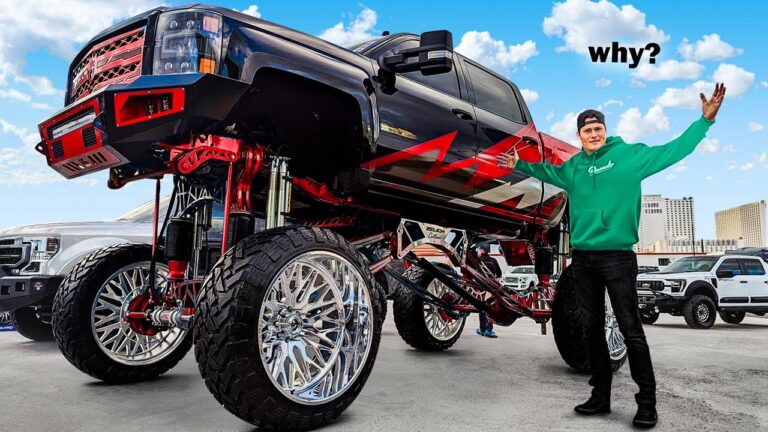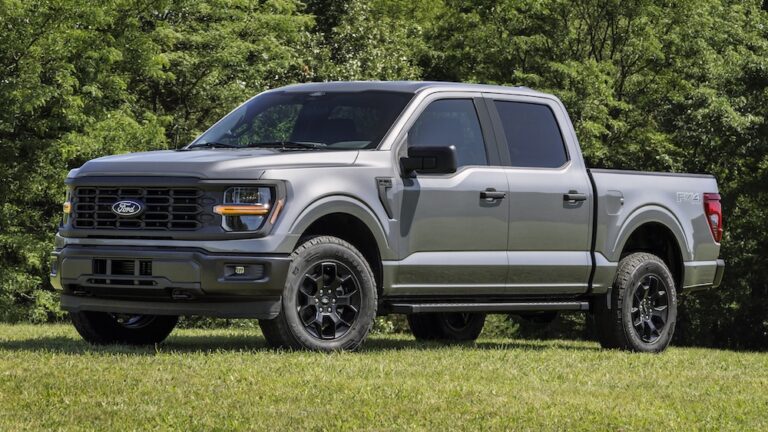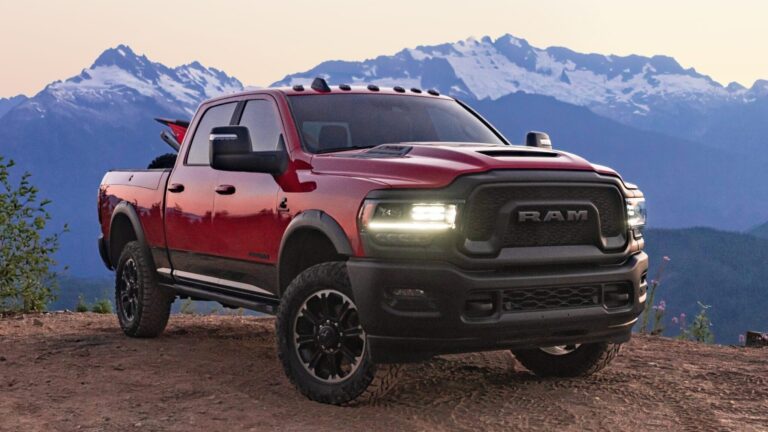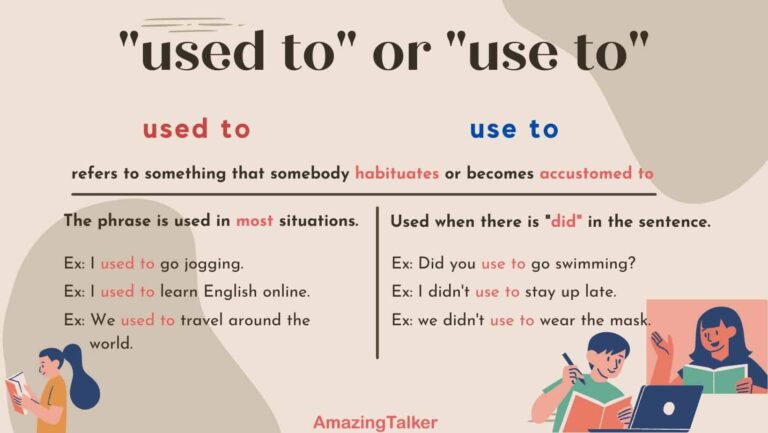How Much Does A Peterbilt Cost: A Comprehensive Guide to Investing in the King of the Road
How Much Does A Peterbilt Cost: A Comprehensive Guide to Investing in the King of the Road cars.truckstrend.com
For anyone in the trucking industry, the name "Peterbilt" conjures images of power, prestige, and unwavering reliability. Often dubbed "The Class of the Industry," Peterbilt trucks are more than just vehicles; they are a statement, a mobile office, and a significant investment. But when it comes to the crucial question, "How much does a Peterbilt cost?" the answer is rarely a simple number. It’s a complex equation influenced by a myriad of factors, from model type and customization to market conditions and whether you’re buying new or used.
Understanding the true cost of a Peterbilt is paramount for owner-operators, fleet managers, and aspiring truckers alike. This comprehensive guide will delve into the various elements that determine the price of these iconic machines, providing practical insights to help you make an informed decision about one of the most substantial purchases in the world of heavy-duty transportation.
How Much Does A Peterbilt Cost: A Comprehensive Guide to Investing in the King of the Road
The Peterbilt Mystique: Why the Premium Price?
Before dissecting the numbers, it’s worth understanding why Peterbilts command a premium. Peterbilt Motors Company, a division of PACCAR, has cultivated a reputation for:
- Exceptional Quality and Craftsmanship: Known for their robust build, attention to detail, and use of high-quality components.
- Durability and Longevity: Peterbilts are engineered to withstand the rigors of the road, offering impressive lifespans with proper maintenance.
- Driver Comfort and Ergonomics: Interiors are designed with the driver in mind, offering spacious cabs, comfortable sleepers, and intuitive controls, which can significantly impact driver retention and productivity.
- Strong Resale Value: Due to their reputation for quality and durability, Peterbilts tend to hold their value better than many competitors in the used truck market.
- Customization Options: Peterbilt offers an extensive array of customization choices, allowing buyers to tailor trucks to specific needs and preferences, from powertrain to interior finishes.
- Brand Recognition and Prestige: Owning a Peterbilt carries a certain status within the trucking community, often seen as a mark of professionalism and success.

These factors collectively contribute to the answer to "How much does a Peterbilt cost?" often being higher than other brands, reflecting the tangible and intangible value they deliver.
Factors Influencing the Price of a New Peterbilt
When considering a brand-new Peterbilt, the price tag can fluctuate wildly based on your choices. Here are the primary determinants:
-
Model Type: Peterbilt offers a diverse lineup, each catering to different applications and coming with distinct price points.
- On-Highway Trucks (e.g., Peterbilt 579, 589, 389): These are the long-haul workhorses. The Peterbilt 579 is known for its aerodynamics and fuel efficiency, while the classic Peterbilt 389 (and its successor, the 589) is revered for its traditional, long-nose styling. A barebones day cab will be significantly less than a fully loaded sleeper.
- Vocational Trucks (e.g., Peterbilt 567, 520): Designed for specialized tasks like construction, refuse, or heavy haul. These often require reinforced chassis, powerful PTOs, and specific body mounts, driving up the cost.
- Medium-Duty Trucks (e.g., Peterbilt 220, 337, 348): Used for local delivery, refuse, or utility work. These are typically the most affordable entry points into the Peterbilt family.
-
Engine and Drivetrain: The heart of the truck significantly impacts how much a Peterbilt costs.
- Engine Brand: Peterbilt offers its proprietary PACCAR MX engines (MX-11, MX-13) and Cummins engines (X15). Higher horsepower and torque ratings often come with a premium.
- Transmission Type: Manual transmissions are generally standard, while automated manual transmissions (AMTs) like the PACCAR TX-12 or Eaton Fuller Advantage, and full automatics (e.g., Allison), can add thousands to the price.
- Axle Configurations: Tandem axles, specialized rear axle ratios, and suspension types (air ride vs. spring) also play a role.
-
Customization and Features: This is where the price can truly escalate, allowing you to tailor the truck to your exact needs and preferences.
- Sleeper Size and Amenities: Sleeper cabs range from basic 44-inch units to expansive 80-inch or even 88-inch studio sleepers. Each increase in size brings more amenities like refrigerators, microwaves, flat-screen TV mounts, custom cabinetry, and enhanced insulation, all of which add to how much a Peterbilt costs.
- Aerodynamic Packages: Fairings, side skirts, and roof extenders improve fuel efficiency but add to the initial cost.
- Safety Features: Advanced Driver-Assistance Systems (ADAS) such as collision mitigation, lane departure warning, and adaptive cruise control enhance safety but also increase the price.
- Interior Finishes: Premium materials like leather seats, wood grain trim, and custom flooring can significantly elevate the cabin’s luxury and the overall cost.
- Exterior Aesthetics: Custom paint jobs, extensive chrome packages, polished aluminum wheels, and specialized lighting can add tens of thousands to the total.
-
Technology and Electronics: Modern trucks are packed with sophisticated electronics.
- Infotainment Systems: Large touchscreens with navigation, Bluetooth, and telematics integration.
- Telematics and Fleet Management Systems: For tracking performance, diagnostics, and compliance.
-
Warranty and Service Packages: Extended warranties and pre-paid maintenance plans add to the upfront cost but can offer peace of mind and long-term savings on repairs.
-
Dealer Markups and Location: Prices can vary slightly between dealerships and geographical regions due to different overheads, demand, and competitive landscapes.
The Used Peterbilt Market: A More Accessible Option
For many, a new Peterbilt is simply out of budget. This is where the robust used Peterbilt market comes into play, offering a more accessible entry point to owning one of these highly regarded trucks.
Depreciation Curve: Like all vehicles, Peterbilts depreciate. However, their strong build quality and reputation for longevity mean they often hold their value better than some competitors. The steepest depreciation typically occurs in the first 1-3 years.
Factors Affecting Used Price: The answer to "How much does a Peterbilt cost?" in the used market is highly dependent on:
- Age and Mileage: Generally, the newer the truck and the lower the mileage, the higher the price. High mileage (over 700,000 miles) can significantly reduce value unless a major overhaul has been performed.
- Condition: The overall mechanical and cosmetic condition is paramount. This includes the engine, transmission, frame, tires, and interior.
- Maintenance History: A well-documented maintenance history indicating regular servicing is a huge value-add.
- Model Year and Features: Newer used models will command more, especially if they include desirable modern features or classic aesthetics.
- Previous Owner: Trucks from large, well-maintained fleets might be seen as more reliable than those from owner-operators with unknown maintenance habits.
- Market Demand: Certain models (like the 389) or configurations might be in higher demand, pushing up prices.
Pros & Cons of Buying Used:
- Pros: Significantly lower upfront cost, less depreciation impact on your investment, potentially quicker availability.
- Cons: Higher risk of unexpected maintenance issues, shorter or no warranty coverage, older technology, potential for more wear and tear.
Tips for Buying Used: Always conduct a thorough pre-purchase inspection by a qualified mechanic, obtain a detailed vehicle history report (e.g., from Carfax for commercial vehicles or similar services), and take it for a comprehensive test drive.
Beyond the Sticker Price: Hidden Costs & Operating Expenses
The initial purchase price, whether new or used, is only one part of how much a Peterbilt costs. Owners must also factor in the ongoing operating expenses, which can be substantial.
- Financing: Unless paying cash, interest rates on truck loans can add tens of thousands of dollars over the life of the loan. A larger down payment can reduce overall interest.
- Insurance: Comprehensive insurance for a commercial truck is a significant ongoing cost, varying based on coverage, driving record, and location.
- Fuel: This is typically the largest operating expense. Fuel efficiency varies by model, engine, and driving habits, but expect to spend thousands monthly.
- Maintenance and Repairs: Even with a reliable Peterbilt, routine maintenance (oil changes, tire rotations, inspections) and unexpected repairs (engine, transmission, brakes) are inevitable. Budgeting for these is crucial.
- Tires: A set of new tires for a Peterbilt can cost several thousand dollars and will need replacement periodically.
- Registration, Permits, and Taxes: Annual vehicle registration fees, IFTA (International Fuel Tax Agreement), federal highway use tax (HVUT), and various state/local permits add to the cost.
- DEF/AdBlue: Diesel Exhaust Fluid is required for modern emissions systems.
- Accessories and Upgrades: Post-purchase additions like custom bumpers, interior upgrades, or specialized equipment.
Making an Informed Decision: Practical Advice
Navigating the world of Peterbilt pricing requires careful consideration. Here’s some practical advice:
- Define Your Needs: What will the truck be used for? Long-haul, local delivery, specialized vocational work? Your application will dictate the appropriate model and features, directly impacting how much a Peterbilt costs.
- Set a Realistic Budget: Include not just the purchase price but also financing, insurance, maintenance, and operating costs.
- Research Thoroughly: Compare different Peterbilt models, engine options, and feature packages. Read reviews and talk to current Peterbilt owners.
- Get Multiple Quotes: Don’t settle for the first offer. Contact several dealerships for new trucks, and explore various online marketplaces and private sellers for used options.
- Consider Total Cost of Ownership (TCO): Look beyond the initial price tag. A slightly more expensive Peterbilt that offers better fuel efficiency, lower maintenance, and higher resale value might be cheaper in the long run.
- Explore Financing Options: Understand loan terms, interest rates, and lease options.
- Don’t Overlook Resale Value: A Peterbilt’s strong resale value can be a significant advantage when it’s time to upgrade.
Peterbilt Price Table (Estimated Ranges)
It’s crucial to understand that these figures are estimated ranges for typical configurations and can vary significantly based on customization, market conditions, and dealer promotions.
| Peterbilt Model (New – Base Price Range) | Description | Estimated Price Range (USD) | Key Factors Influencing Cost |
|---|---|---|---|
| Peterbilt 579 (Day Cab) | Aerodynamic, efficient for regional haul | $140,000 – $180,000 | Engine size, transmission, basic vs. premium interior, safety features. |
| Peterbilt 579 (Sleeper) | Long-haul, driver comfort-focused | $160,000 – $250,000+ | Sleeper size (44" to 80"+), interior amenities (fridge, microwave, desk), engine/transmission upgrades, premium packages. |
| Peterbilt 389 / 589 (Sleeper) | Classic styling, premium feel, long-nose | $180,000 – $300,000+ | Extensive customization options (chrome, paint, interior), large sleepers, powerful engines. |
| Peterbilt 567 (Vocational Chassis) | Heavy-duty, specialized applications (dump, mixer) | $150,000 – $280,000+ | Axle configuration, PTO, reinforced frame, engine power, specific vocational body requirements. |
| Peterbilt 520 (Refuse/Vocational) | Low-cab forward, high maneuverability | $180,000 – $280,000+ | Chassis strength, engine, specific refuse body compatibility. |
| Peterbilt 220 / 337 (Medium Duty) | Local delivery, utility, smaller applications | $80,000 – $130,000 | Cab configuration, engine, body type (box truck, flatbed, etc.). |
Used Peterbilt Prices (Highly Variable)
| Age of Truck | Estimated Price Range (USD) | Condition & Factors |
|---|---|---|
| 1-3 Years Old | $100,000 – $180,000 | Low mileage, still under some warranty, excellent condition. |
| 4-7 Years Old | $70,000 – $120,000 | Moderate mileage, good condition, likely out of factory warranty. |
| 8-10+ Years Old | $30,000 – $80,000 | High mileage, condition varies greatly, potential for significant repairs needed, but can be a good value for DIY mechanics. |
Estimated Cost of Key Upgrades/Factors (New Peterbilt)
| Factor | Estimated Additional Cost (USD) |
|---|---|
| Premium Engine (Higher HP/Torque) | $10,000 – $25,000 |
| Large Sleeper Upgrade (e.g., 80"+) | $20,000 – $50,000+ |
| Automated Manual Transmission (AMT) | $8,000 – $15,000 |
| Advanced Safety Features (ADAS Package) | $5,000 – $15,000 |
| Custom Paint / Chrome Package | $5,000 – $20,000+ |
| Extended Warranty (Multi-year) | $3,000 – $10,000+ |
Frequently Asked Questions (FAQ) about Peterbilt Costs
Q1: Why are Peterbilts generally more expensive than some other truck brands?
A1: Peterbilts command a higher price due to their reputation for superior build quality, durability, strong resale value, extensive customization options, driver comfort, and brand prestige. You’re investing in a truck known for its longevity and performance.
Q2: What is the cheapest Peterbilt model to buy?
A2: Generally, the medium-duty Peterbilt models like the 220 or 337 are the most affordable new Peterbilts. In the heavy-duty segment, a day cab version of the 579 will be the lowest entry point. For the absolute lowest price, look to older, higher-mileage used models.
Q3: Do Peterbilts hold their value well?
A3: Yes, Peterbilts are known for holding their value relatively well compared to many other truck brands. Their reputation for reliability and the strong demand for quality used trucks contribute to a slower depreciation rate, especially for well-maintained units and classic models like the 389.
Q4: Is it better to buy a new or used Peterbilt?
A4: This depends on your budget, risk tolerance, and business needs. A new Peterbilt offers the latest technology, full warranty, and complete customization, but at a higher upfront cost. A used Peterbilt is more affordable, but you might face higher maintenance risks and older technology. Carefully weigh the pros and cons based on your specific situation.
Q5: What are the main ongoing costs of owning a Peterbilt, besides the purchase price?
A5: The most significant ongoing costs include fuel, insurance, regular maintenance and unexpected repairs, tires, and various permits, registrations, and taxes. Financing interest and DEF (Diesel Exhaust Fluid) also contribute to the total cost of ownership.
Conclusion
The question of "How much does a Peterbilt cost?" is multifaceted, reflecting the diverse range of models, customization options, and market conditions that define this premium truck brand. Whether you’re eyeing a brand-new, fully customized long-haul sleeper or a reliable used vocational truck, understanding the factors that influence pricing is crucial.
Investing in a Peterbilt is more than just buying a truck; it’s an investment in a legacy of quality, performance, and driver satisfaction. By thoroughly researching your options, budgeting for both the initial purchase and ongoing operational expenses, and making informed decisions, you can ensure your Peterbilt is not just a dream, but a profitable asset on the open road.



